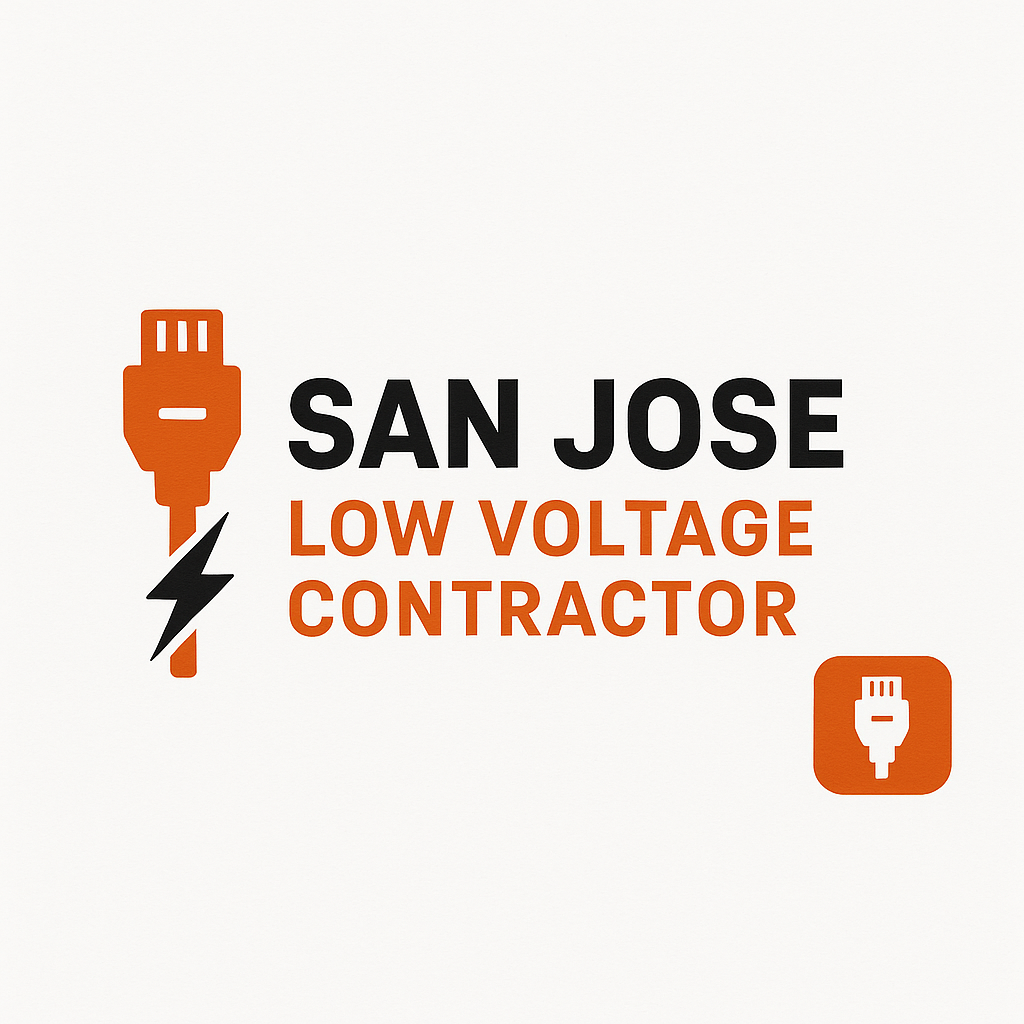Low Voltage Solutions for Businesses in San Jose | Expert Guide
Modern businesses in San Jose face growing demands: faster networks, stronger security, smarter spaces, and seamless audio-visual systems. Low voltage systems are foundational to meeting those demands without the burdens of full high-voltage electrical work. This blog explores what low voltage solutions mean for San Jose businesses, the common use cases, design and installation best practices, how to maintain them, and key questions local business owners ask.
What Counts as Low Voltage — and Why It Matters
Low voltage systems generally refer to electrical and wiring systems that operate at voltages significantly lower than standard power lines (often under 50 V, though definitions vary). These systems power things like network cabling, security cameras, access control, building automation, and audiovisual gear. They don’t carry the same load or risk as high-voltage circuits and are typically easier to manage, install, and expand.
In San Jose’s technology-driven environment, low voltage infrastructure is essential. Whether for flexible offices, coworking spaces, retail showrooms, or tech facilities, the need to support high-bandwidth data, integrated security, smart building systems, and immersive AV makes robust low voltage systems a baseline requirement.
Key Applications for Businesses in San Jose
Here are the primary low voltage solutions businesses commonly deploy:
Structured Cabling & Network Infrastructure
A business might require Cat5e, Cat6, Cat6a, or fiber optic wiring between floors or rooms. Properly designed cabling reduces signal interference, supports future growth, and ensures reliable data flows. With so many tech firms and startups in San Jose, high-speed and scalable connectivity is nonnegotiable.
Security & Surveillance Systems
Low voltage wiring supports CCTV systems, IP cameras, motion sensors, access control panels, and intrusion alarms. Integrated into the building’s network, these systems provide real-time monitoring, alerting, and analytics.
Access Control & Entry Systems
Businesses use badge readers, key fobs, biometric devices, intercom systems, and electric locks. These systems are often low voltage and interface with the security network.
Audio/Visual & Conferencing Systems
Boardrooms, training rooms, auditoriums, and collaborative spaces require AV wiring (video, audio, projectors, screens). Efficient low voltage cabling keeps signal quality strong and latency low.
Building Automation & Control
Smarter buildings in San Jose might incorporate lighting control, HVAC control, motorized shades, occupancy sensors, and other IoT devices. These are often wired or networked via low voltage systems to enable centralized control and energy efficiency.
Advantages of Investing in Quality Low Voltage Design
Here’s why a well-executed low voltage system is a smart strategic investment:
- Scalability: Businesses can expand offices or reconfigure layouts with minimal rewiring.
- Lower Cost & Risk: Less invasive installation compared to full electrical work; safer in many respects.
- Future-proofing: Supports emerging technologies (higher data rates, smart systems, analytics).
- Clean, Reliable Performance: When properly designed and shielded, signal integrity remains high.
- Energy Efficiency: Many devices powered by low voltage draw less power and generate less heat.
- Simplified Maintenance: Issues can often be isolated to cable runs or network segments, not mains systems.
Design & Installation Best Practices for San Jose Businesses
When planning or upgrading a low voltage system, here are best practices tailored for a tech-driven market like San Jose:
- Conduct a detailed site survey
Understand building layout, signal requirements, interference sources (e.g. large machinery, HVAC ducts). - Plan for headroom and growth
Use spare conduits or pathways; install unused cable runs for future expansion. - Use quality materials and termination methods
Poor connectors or cable bends degrade performance over time. - Segregate wiring types when needed
Keep data cabling separate from power lines to reduce noise and interference. - Adhere to standards
Use TIA/EIA, BICSI, or other recognized standards to maintain consistency and reliability. - Label and document everything
Patch panels, zone terminations, cable paths—all should be meticulously documented. - Testing & certification
Post-installation, every cable should be tested and certified (e.g. continuity, signal integrity, loss). - Integrate subsystems thoughtfully
Security, automation, AV, and networking should be designed to talk together where needed (but also isolated when appropriate). - Plan for redundancy
For mission-critical systems, consider backup or parallel cabling routes. - Local code compliance
Make sure your design meets California and local San Jose fire and building codes, especially regarding pathways, plenum rating, conduit use, and required clearances.
Maintenance, Upgrades & Lifecycle Management
To ensure longevity and performance, businesses should adopt ongoing practices:
- Periodic inspections: Check for cable wear, plenum damage, connector corrosion.
- Firmware & software updates: For network switches, control panels, cameras, etc.
- Re-testing: After relocations or heavy use, re-validate cable performance.
- Capacity analysis: Monitor network load and identify when bandwidth or cabling upgrades are needed.
- Spare parts and modules: Keep connectors, patch panels, switches on hand for quick repairs.
- Scheduled reviews: Evaluate whether systems (e.g. AV, security) are still meeting business needs or need refreshes.
San Jose Business Context & Considerations
In San Jose’s ecosystem:
- Many tech companies expect ultra-low latency, high throughput, and redundancy.
- Office rearrangements are common in fast-growing startups, so system flexibility is essential.
- AV and live streaming demands are high — boardrooms often double as broadcast studios.
- Remote monitoring and smart building features are increasingly standard in new developments.
- The climate is mild, but cooling and HVAC systems remain critical. Wiring must coexist cleanly with mechanical systems.
A low voltage system designed with these local expectations in mind will serve a San Jose business far better than a generic or minimal system.
Conclusion
For businesses in San Jose, high-quality low voltage systems are indispensable. Whether supporting data networks, security, AV, or smart automation, these systems connect and empower core business operations. By investing in thoughtful design, rigorous installation, and ongoing maintenance, you ensure reliability, scalability, and adaptability in a competitive market.
